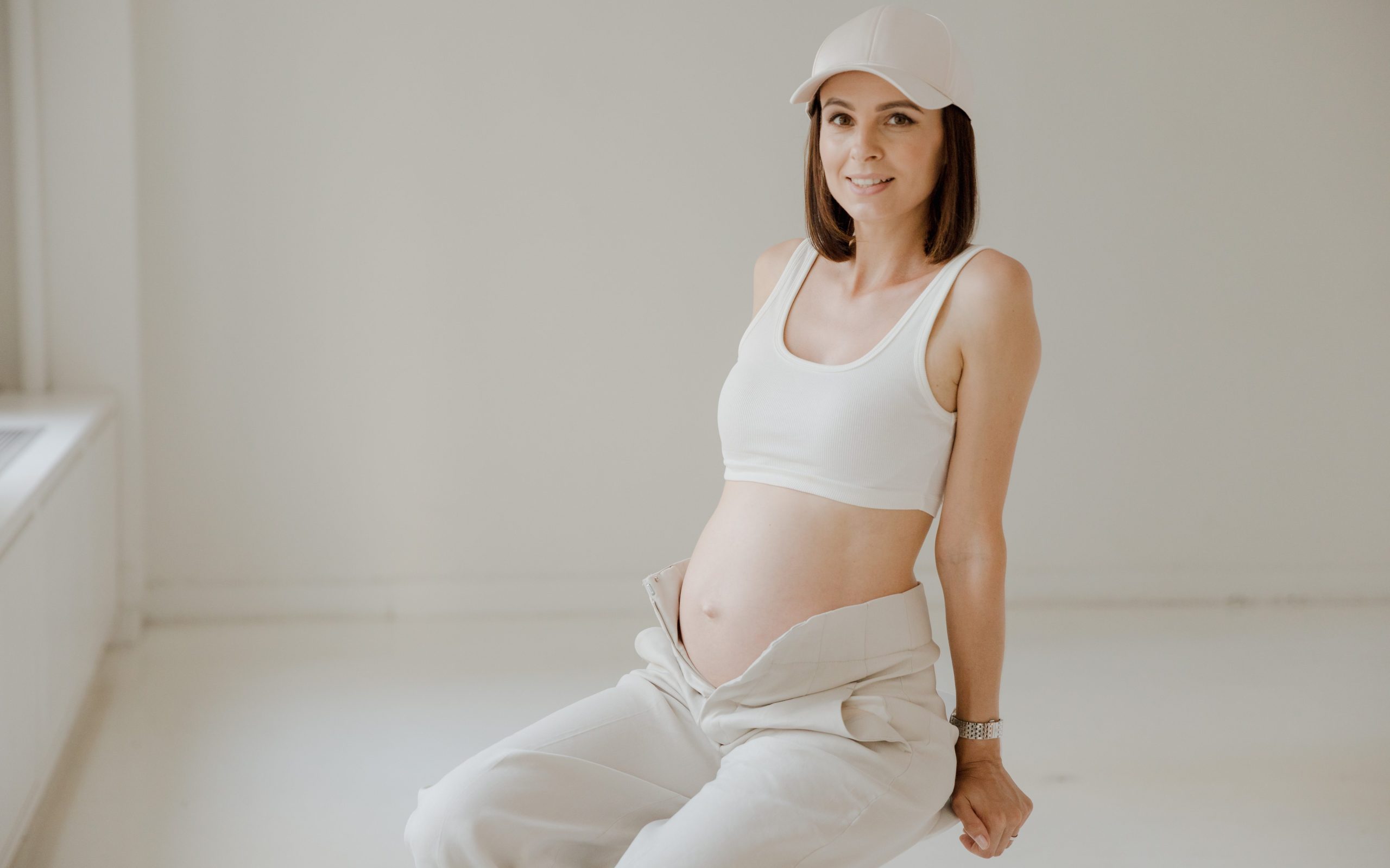
During week 11 of pregnancy, your baby’s embryonic development continues with remarkable milestones and changes. Here are some key developments that occur during this stage:
- Size and appearance: Your baby is growing rapidly and now measures around 4 to 5 centimeters in length, roughly the size of a lime. The body is becoming more proportionate, with the head still being relatively larger.
- Facial features: The facial features are becoming more defined and refined. The eyes, which were once widely spaced, are now closer together. Eyelids are forming and covering the eyes, and the nose and lips are more distinct.
- Limb development: Your baby’s limbs are growing longer and more defined. The arms and legs are bending at the elbows and knees, allowing for increased movement. Fingers and toes are also becoming more developed and separate.
- Organ maturation: Major organs, including the liver, kidneys, and intestines, continue to mature and function. The liver is producing bile, which aids in digestion, and the kidneys are starting to produce urine.
- Skeletal development: The bones continue to harden and ossify, becoming more solid. Joints are forming, allowing for increasing flexibility and movement.
- Muscle development: Muscles are strengthening and becoming more coordinated. Your baby can make small movements, although you may not feel them yet.
- Reproductive system development: If your baby is a girl, the ovaries contain millions of primitive eggs. If it’s a boy, the testes are producing testosterone. However, it may still be too early to determine the baby’s sex through an ultrasound.
- Softening of the skin: The skin, which was previously transparent, is becoming less translucent as it thickens and develops additional layers. The skin is still very thin and delicate at this stage.
It’s important to note that these milestones are general guidelines, and every baby develops at their own pace. Individual factors, such as genetics and environmental influences, can impact growth and development. Regular prenatal care and ultrasounds provide a more detailed understanding of your baby’s progress and ensure they are developing as expected.
Styling Tips for Week 11 and Beyond!
When it comes to maternity fashion, styling tips can help you look and feel your best throughout your pregnancy, including week 11 and beyond. Here are some tips to consider:
- Embrace comfortable and stretchy fabrics: Look for clothing made from soft and stretchy fabrics that accommodate your growing belly. Maternity leggings, maxi dresses, and tops with elastic or ruched sides are great choices for both comfort and style.
- Opt for empire waistlines: Empire waistlines sit just below the bust, allowing plenty of room for your expanding belly while still emphasizing your figure. Empire waist dresses and tops can be flattering and comfortable.
- Layer with cardigans and jackets: Layering can add depth and style to your outfits while accommodating temperature changes. Pair your favorite maternity tops with cardigans or lightweight jackets to create versatile looks.
- Highlight your bump: If you’re comfortable showing off your growing belly, choose fitted or bodycon maternity dresses or tops that accentuate your bump. This can create a stylish and trendy silhouette.
- Accessorize strategically: Add accessories like statement necklaces, scarves, or belts to draw attention to other areas of your body and balance out your look. Just make sure accessories are comfortable and not too restrictive.
- Invest in supportive maternity bras: As your breasts grow during pregnancy, invest in supportive maternity bras that provide comfort and proper support. Look for options with adjustable straps and stretchy fabrics to accommodate changes in size.
- Don’t forget about shoes: Opt for comfortable and supportive footwear, especially as your body weight shifts during pregnancy. Choose flats, low-heeled shoes, or supportive sandals that provide stability and comfort.
- Mix and match: Maximize your wardrobe by mixing and matching pieces. Invest in a few essential bottoms like maternity jeans or leggings and pair them with a variety of tops in different colors and styles.
- Consider transitional pieces: Look for maternity clothing that can transition into the postpartum period, such as wrap dresses or nursing-friendly tops. This way, you can continue to wear them after your baby arrives.
- Prioritize comfort: Above all, prioritize comfort in your clothing choices. Opt for clothes that allow you to move freely, avoid restrictive waistbands, and choose breathable fabrics to stay cool.
Remember, maternity fashion is about finding a balance between style and comfort that suits your personal preferences. Embrace your changing body and choose clothing that makes you feel confident and comfortable throughout your pregnancy journey.
Understanding Round Ligament Pain!
Round ligament pain is a common experience during pregnancy that typically occurs in the second trimester, but it can also be felt earlier, around week 11. It is caused by the stretching and growth of the round ligaments, which support the uterus.
The round ligaments are bands of tissue that connect the front of the uterus to the groin area. As the uterus expands to accommodate the growing baby, these ligaments also stretch and lengthen. This stretching can cause discomfort or pain, which is known as round ligament pain.
During week 11 of pregnancy, the uterus is still relatively small but is starting to grow rapidly. As a result, the round ligaments are beginning to stretch and adapt to the increasing size of the uterus. This stretching can cause mild to moderate pain or discomfort on one or both sides of the lower abdomen or groin area.
Round ligament pain is often described as a sharp, stabbing, or pulling sensation. It may be more noticeable when changing positions, such as getting up from a sitting or lying down position, coughing, sneezing, or with sudden movements. The pain is usually short-lived and subsides on its own.
While round ligament pain can be uncomfortable, it is usually harmless and not a cause for concern. However, if the pain is severe, persistent, or accompanied by other symptoms like bleeding or fever, it is important to consult a healthcare provider to rule out other potential causes.
There are some measures you can take to alleviate round ligament pain. These include:
- Resting and changing positions slowly: Avoid sudden movements or changes in position, as they can exacerbate the pain.
- Applying heat or cold: Placing a warm compress or a cold pack on the affected area may help relieve the discomfort.
- Gentle stretching exercises: Engaging in regular, gentle stretching exercises can help keep the ligaments flexible and reduce pain.
- Using support garments: Wearing a supportive maternity belt or band can provide additional support to the abdomen and help relieve pressure on the ligaments.
- Practicing good posture: Maintaining good posture can help distribute the weight of the growing uterus more evenly and reduce strain on the round ligaments.
It’s important to remember that every pregnancy is unique, and the intensity and timing of round ligament pain can vary from person to person. If you have any concerns or questions about the pain you’re experiencing, it’s always best to consult with your healthcare provider for personalized advice and guidance.


Comments